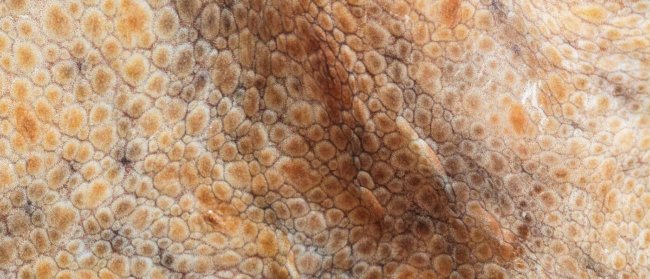
Engineers at Cornell University have developed a programmable synthetic leather. As a prototype of the new material was the amazing ability of octopus and cuttlefish to blend in with the environment, while trying to escape from more formidable predators or, on the contrary, in the hunt for his victim. Scientists have made flexible, tensile material that can acquire different three-dimensional shapes, according to the website Eurekalert.org.
Pnevmoballony material created in the image and likeness of the skin cells of cephalopods, having not only a pigment that enables them to change its color, but also compressed and stretched. This feature, called the muscular system, has no skeletal support. Interestingly, a very similar structure, and we have, people. It is the language. The researchers studied muscle humidistat cephalopods and created on the basis of synthetic fabric that have the same formoizmeneniya feature.
Of course, the basis of interest around this material is related to its camouflage function, however, as noted by its creators, the material can find a wider range of applications.
“Engineers have already developed many different ways of controlling the shape of soft, stretchable materials, however, our task was to create a simple, fast and reliable way to manage such materials,” said James Pikul, head of development.
“We are very interested in how cephalopods can change the texture of your skin, so we considered this feature and decided to implement it into soft, elastic synthetic material.”

The creators of synthetic leather, material can be extremely useful in situations where the necessary temperature control. For example, the material can be programmed in such a way that its two-dimensional form is to reflect light, while the three-dimensional will absorb it, thereby regulating the temperature regime up to optimum level.
The ability to quickly change shape from a flat two-dimensional to three-dimensional volume can be helpful in situations where you need a special interaction with water or air environment. The change of the same magnitude of resistance of the material can be used for speed control. By the way, this is just one of the ways that is used by invertebrates. Remaining stationary, the cells of the skin creates a protective camouflage, but if you need to move quickly, the cells immediately change their form, becoming more smooth, which maximizes fluid flow and allows you to quickly hide from possible pursuer.
Scientists have created programmable synthetic leather
Nikolai Khizhnyak